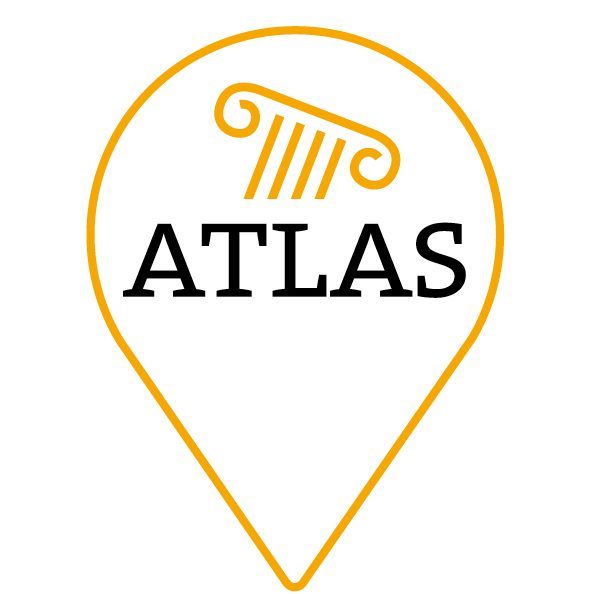Last month we met in La Rochelle to kick-off our WebGIS database with training by our database expert Frédéric Pouget. After this four day training we were sent into the deep waters of WebGIS. Luckily Frédéric was on the side watching us and making sure all went well. The advantage of this early user process is that we can make changes on the go. Using the WebGIS database we discover some small issues with the search function, but nothing that cannot be solved. Other things we discussed are more on the aesthetic side of things. The icons we have now need improvement. Luckily Sabine knows a very patient designer… Each time he created a new version we wanted icons added or deleted. We fear he has created at least a dozen versions of our icons. However, these will make our maps look smashing.

As you know our first case study is Baelo Claudia, which is quite fun and challenging. The challenge is the fact that there is so much work published and accessible (see for instance: https://journals.openedition.org/mcv/7667) that it is difficult to get acquainted with the whole debate. Studying a site from the desk is another challenge. Understanding archaeological reports and reading the archaeological plans is greatly improved by visiting a site. Under current circumstances that was not an option. However, here Baelo Claudia is again a good starting point since most of the archaeological site can be digitally visited. Now we don’t want to state that this comes even close to visiting the site and seeing it with your own eyes. Autopsy is not just a thing to visit the beach of Baelo. But in these times of travel limitations the street view has been helpful at times.

As you might have noticed in our Twitter feed we have been working on the epigraphy of Baelo Claudia. Unfortunately, there are only a few late antique inscriptions to be found. Nonetheless, there are some really interesting ones, such as the funerary inscription to Sabina. This early sixth century inscription is a great example showing the presence of a Christian community in Baelo.
Another approach we have is that of the digitization of archaeological plans for late antique Baelo Claudia. We aim at providing maps for late antique Baelo for different periods, to show the dynamics of the city. Most of the work has gone in collecting and researching the different elements for the late antique period. Each archaeological trace that can be related to our research period has been entered and described in the database. Last week we gave an example of one of our archaeological sites: La Silla del Papa.
A few days ago Laurent, Sabine, Pieter and Ada had a virtual meeting to share and discuss all the work done on Baelo Claudia. By then most of the archaeological and all the epigraphic remains were already added to the WebGIS and we could exchange our views and interpretations on the evolution of the late antique city. It is actually very helpful to see all the late antique buildings, urban infrastructures and inscriptions at a glance in the map. Moreover, having incorporated the most recent archaeological findings has provided us with a slightly different picture than that offered by previous studies. Indeed, a general plan of late antique Baelo is still lacking and our project aims at creating one. This will be a great tool for analysing Baelo’s urban development but also for comparing it with the other case studies for which we intend to produce new plans as well.

Returning to our meeting, we started our discussions on the evolution of Baelo in late Antiquity. In the traditional literature we find that an earthquake (possibly dated to the third century) is treated as a breaking point in history. The focus on the Imperial city and its apparent destruction by this earthquake have led to a clear watershed in research. Often we find that the period from the third century onward is less profoundly treated. Our goal is to bring together the evidence we have for Baelo Claudia in Late Antiquity and reconstruct the late antique city. In the end we will write a discussion of the evolution and our interpretation of Baelo in late Antiquity in the city record. This is an encompassing record that allows for these overarching discussions. It is here that we will revisit the idea of a city in decline after the supposed earthquake of the third century.
After three months of spending our time on the ‘small town’ at the Atlantic coast it is time to pack our bags and move to our next case study. On July 1st we will refresh at the xenodochium of Masona before entering the next case study at the banks of the Ana.
